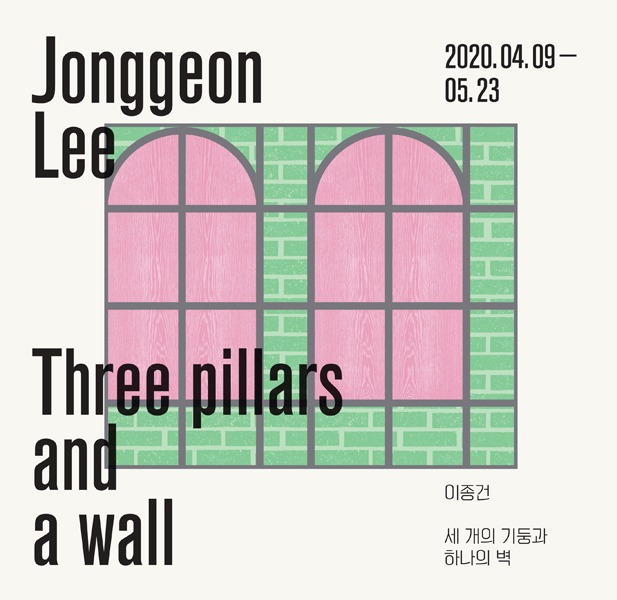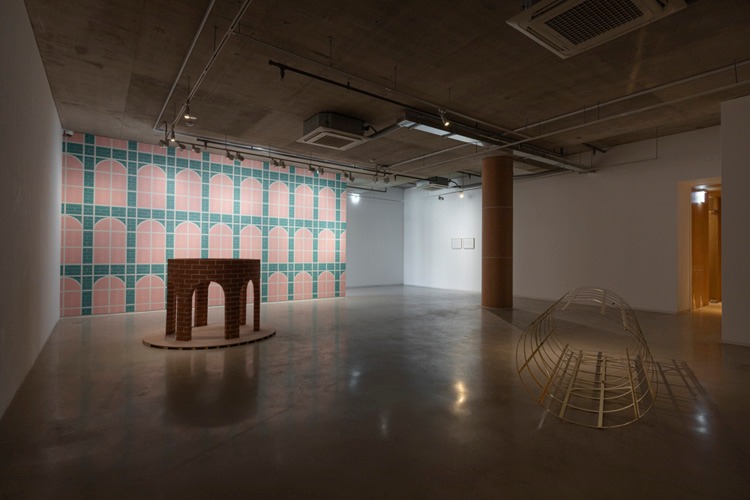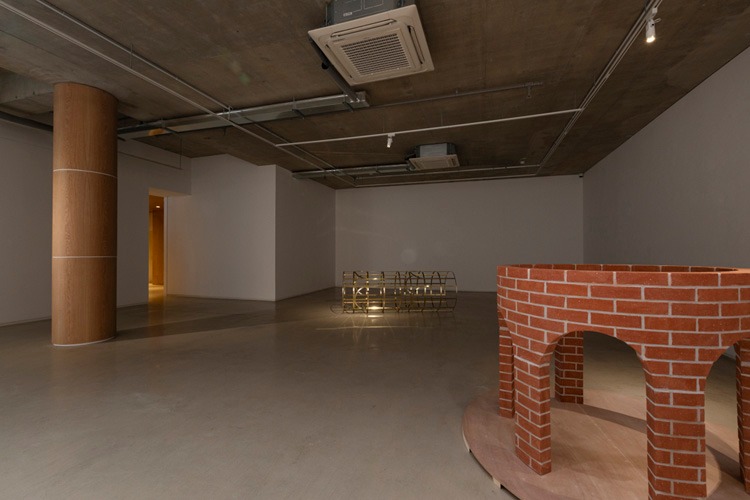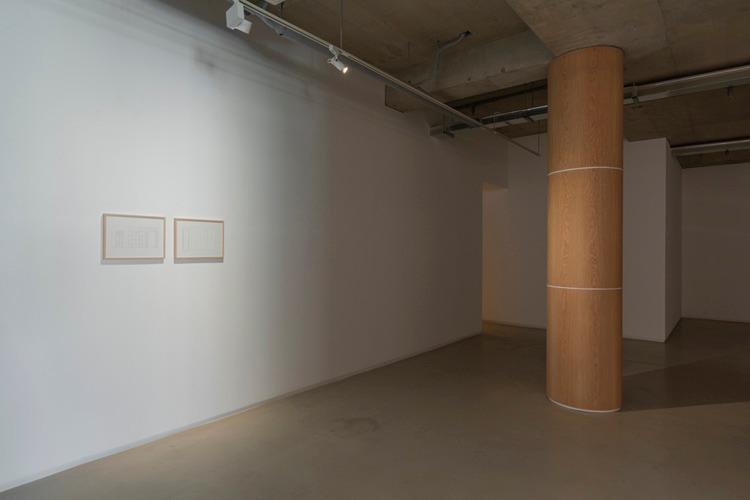
| Period| | 2020.04.09 - 2020.05.23 |
|---|---|
| Operating hours| | 11:00 - 18:00 |
| Space| | Pibi Gallery/Seoul |
| Address| | 125-6, Bukchon-ro, Jongno-gu, Seoul, Republic of Korea |
| Closed| | Sun, Mon |
| Price| | Free |
| Phone| | 02-6263-2004 |
| Web site| | 홈페이지 바로가기 |
| Artist| |
|
정보수정요청



|
|
Exhibition Information




The PIBI GALLERY presents Jonggeon Lee: Three pillars and a Wall, its first show of the spring season. Known for his continued installation work involving deep contemplations regarding architecture and space, Lee is set to showcase sculpture and installation works that interpret the exhibit space of the PIBI GALLERY in a whole new way. Drawing from his personal experience of growing up in both Korea and the U.S., Lee has been creating works that reflect his interest in the social and cultural context of time and space found in architectural structures, and the ways they are generally shared in personal spaces. His focus has been about pondering the cultural behavior of wanting to transplant indoors idealized versions of nature, or focusing on architectural buildings, such as residential ones, that become devoid of social context having applied to them foreign architectural styles that have no relating geological or cultural backgrounds. A recent work of his is about the functional and locational transformations of what was once the Belgium consulate, one of the Korean modern era buildings. Through his work as such, Lee explores space not as a fixed thing of immutability, but as a flexible place that is fluid and changes anew depending on the person occupying it. His second solo exhibition with the PIBI GALLERY since the first show back in 2017, Lee will be focusing on the basic architectural elements of walls and pillars in this round, demonstrating his continued interest of “the properties of a changing space.” Using as motif the interior pillar of the gallery, the artist presents works that are essentially architectural elements – of walls, arches, and cylindrical pillars – under the title Three pillars and a Wall. When viewing these works that show the familiar structure of architecture, the audience does not see the gallery as the usual white cube but comes to infer the unique architectural characteristics of that specific space. What is interesting to note is that the art works do not correspond with actual building structures or materials. In their original forms, the element wall either blocks or connects the interior and the exterior, and the column is meant to bear weight while forming a center at the same time. But the wall installed in the exhibition room is in the format of a wallpaper consisting of spreading flat and placing three pillars in an overlapping and repeating design, the surface of which – made of exterior walls (brick), bars (metal), and doors (wood) – while still visually retaining its materialistic qualities and textures, appears also merely as a simple geometrical setup due to its repetitive arrangement. As for the three pillars, one is the actual physical structure of the gallery that has been covered with wood veneer, thereby losing its unique feel of solidity; the second made of brick and with arches has hollowed out openings that has nothing to do with any structural function; and the last horizontal, cylindrical column is all but a metallic frame, being far removed from the original function of a pillar. On the other hand, there are points of similarity in terms of form found in each of the exhibit pieces, in that the height of the arched windows of the wallpaper comes to be a third of the height of the gallery interior pillar, as well as being identical to the height of both the brick and metal pillars. The windows of the wallpaper serves as the standard unit for the works of this exhibition, connecting them altogether in odd ways, such as four times the width of the window measuring out to be exactly the circumference of the metal column, the brick column being composed of six identically tall pillars, and more. And while each of the pieces are produced using important materials in constructing architectural structures like wood, brick, and metal, they exist as thin and regular patterned things like wallpaper or wood veneer and put them at some obscure point between architecture and its surface. Each element is connected yet separated from one another. In this exhibition, Lee, who has been exploring the architectural hybridism and the fluidity of space through the relationship between space and structure and object and space, is making concrete his continued investigation regarding his contemplations of space and architecture as open realms, using the most basic and essential architectural objects. Lee’s work is intrinsically about space, viewing culture as a thing of change to producing a part and connect it to the whole. Space once occupied by an individual along with their things is left with traces that linger on even after the occupant vacates it, while culture gives and takes from architecture with portions of it being transplanted into each element of the discipline. But just like the remnants of a house that are fragmented pieces of its structure and decorations, Lee duplicates and repeats to create a pattern, so that he may leave behind a trace. By presenting an obscure situation where material, form, and function are both connected yet not possibly linked, and where planes and three dimensional figures overlap one another, the artist is presenting questions about actual subjects and images, the exterior and the interior, and qualities of location and non-location, as well as asking the audience to move away from a fixed definition of space and structure, in order to reconsider their function and role. This exhibition will prove to be a meaningful opportunity to discover the true nature of Lee’s longtime reflection regarding the fluidity of space.
